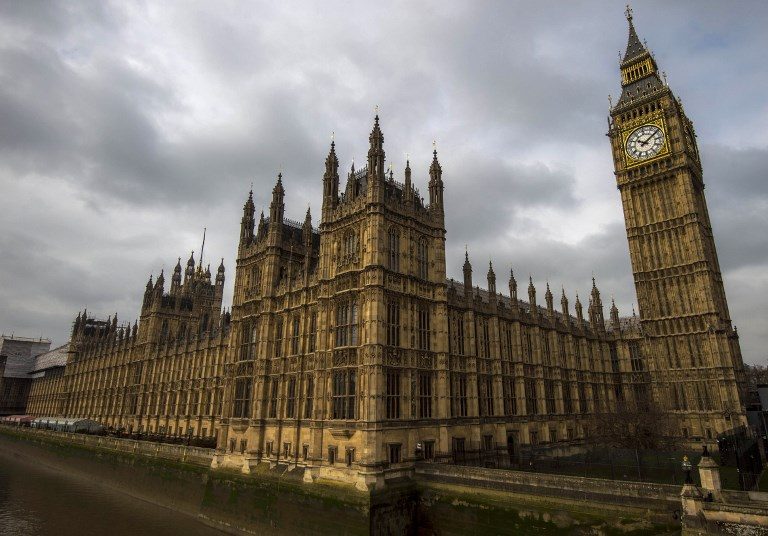SUMMARY
This is AI generated summarization, which may have errors. For context, always refer to the full article.

LONDON, United Kingdom (UPDTAED) – Results of Britain’s general election on Thursday, June 8, showed the country will have a “hung parliament”, in which no party has an overall majority.
Here is what would happen next
- There are 650 seats in the House of Commons up for grabs at the election. One party needs to win at least 326 to secure an overall majority. Near-final results as of 6:25 am UK time showed Conservatives have won 312, Labour 260, the Scottish Nationalists 34 and the Liberal Democrats 12.
- Theresa May as incumbent prime minister will have the first shot at trying to form a government – either as a minority or in coalition with others.
- If May did manage to do this, she would then go to the House of Commons to see if her government could survive a motion of confidence, probably after the state opening of parliament on June 19.
- But if May could not form a government or did not survive the motion of confidence, she would be expected to hand in her resignation to Queen Elizabeth II.
- The monarch would then be likely to invite Jeremy Corbyn, leader of the main opposition Labour party, to try to form a government. That, again, could be a minority or coalition administration.
- If no government can command the confidence of the House of Commons, parliament can be dissolved and another election held.
Britain’s first-past-the-post voting system means hung parliaments are relatively rare – there have been only 5 since the end of the 19th century.
The last ones were:
May 2010
Prime Minister: David Cameron (Conservatives)
Composition: Conservative-Liberal Democrat coalition
Lasted: Five years
February 1974
Prime Minister: Harold Wilson (Labour)
Composition: Labour minority government
Lasted: Eight months
1929
Prime Minister: Ramsey MacDonald (Labour)
Composition: Minority Labour government backed by Liberals
Lasted: until 1931, but amid the Great Depression, MacDonald formed ‘National’ coalition government of Conservatives, Liberals and small number of Labour MPs which won 1931 and 1935 elections.
1923
Prime Minister: Ramsey MacDonald (Labour)
Composition: Prime Minister Stanley Baldwin’s Conservatives won more seats than Labour but stepped aside for Labour’s MacDonald
Lasted: 10 months
1910
Prime Minister: Herbert Asquith (Liberal Party)
Composition: Liberal Party in a minority government, with support of Labour and the Irish Nationalists. Then a coalition government from 1915.
Lasted: Six years
– Rappler.com
Add a comment
How does this make you feel?
There are no comments yet. Add your comment to start the conversation.